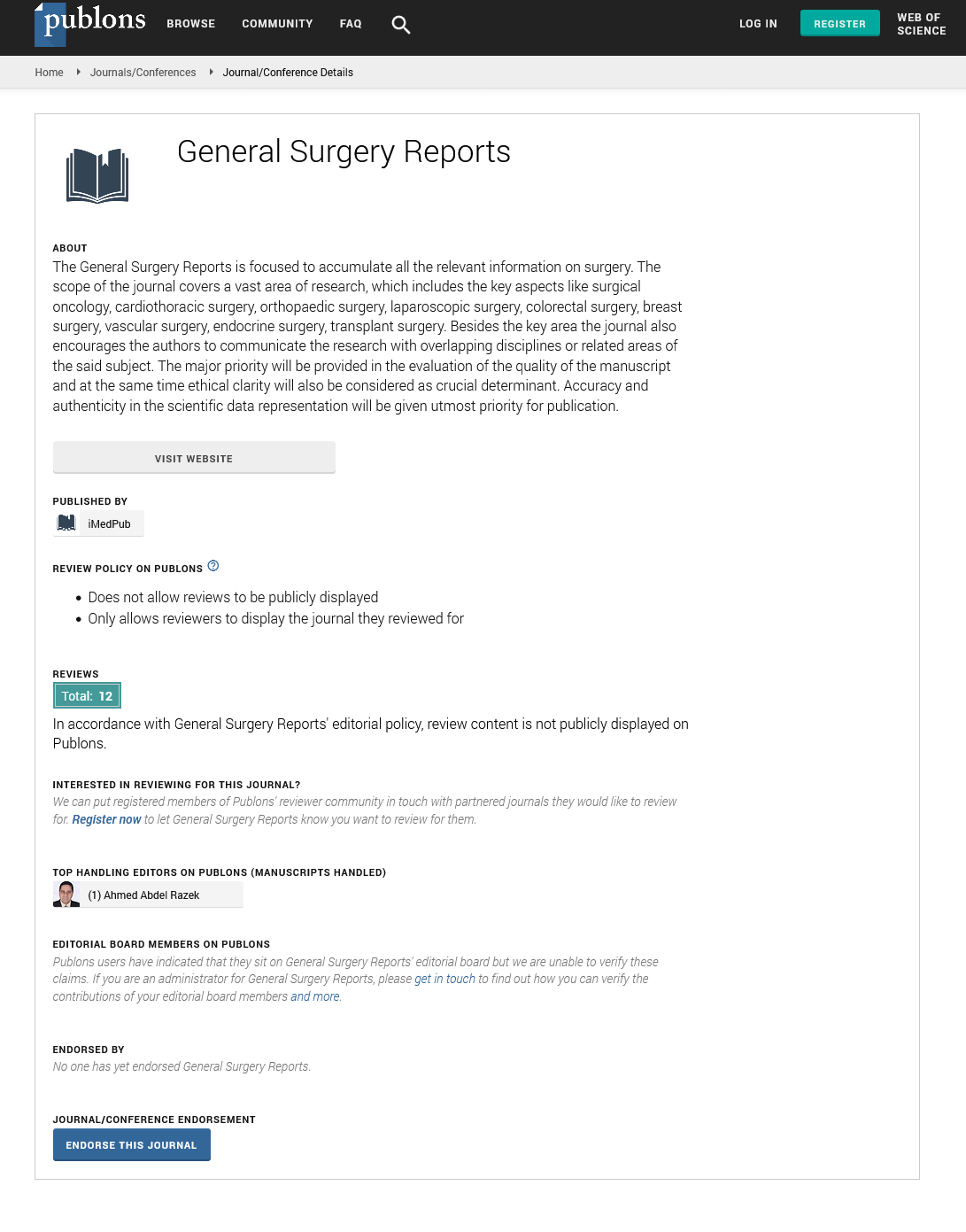Abstract
BIS in preventing postoperative delirium in elderly patient after trauma operations
Delirium is an acute and reversible failure of basic cognitive and attentional functions.Patients with delirium are often either agitated (hyperactive type) or lethargic (hypoactive type) or alternate between these subtypes (mixed type). Delirium occurs commonly in older adults, especially when there is pre-existing neurocognitive impairment and also following an insult such as an infection or a trauma. Incidence of postoperative delirium (POD) is 37 to 46% . Risk of developing postoperative delirium increases up to 87 percent depending on the patient age and type of surgery. Postoperative delirium is associated with increased mortality, cognitive and functional decline, increased hospital length of stay, and substantial annual health-care costs. Anesthetic depth could be a possible contributor to postoperative delirium. The best way to avoid POD is to monitor depth of anesthesia, for example If anesthetic dose is high, EEG suppression that occurs is independent factor for POD. When the dose is too light there could be an increased evidence of awareness during operation that could lead to cognitive impairment as well. In our study we monitored incidence of postoperative delirium in trauma older patents. We divided them in two groups: in those who were just right dosing enabling by pat Bi spectral index (BIS) and those who were not monitored by BIS. We compare two groups in: dosage of drugs, awakening time and incidence of postoperative delirium. We found out that awakening time in BIS group was faster, dosage of drugs and POD was reduced in the BIS-guided group, as well as cognitive dysfunction.
Author(s): Tatjana Trojikj
Abstract | PDF
Share This Article
Google Scholar citation report
Citations : 6
General Surgery Reports received 6 citations as per Google Scholar report
General Surgery Reports peer review process verified at publons
Abstracted/Indexed in
- Google Scholar
- Publons
Open Access Journals
- Aquaculture & Veterinary Science
- Chemistry & Chemical Sciences
- Clinical Sciences
- Engineering
- General Science
- Genetics & Molecular Biology
- Health Care & Nursing
- Immunology & Microbiology
- Materials Science
- Mathematics & Physics
- Medical Sciences
- Neurology & Psychiatry
- Oncology & Cancer Science
- Pharmaceutical Sciences
